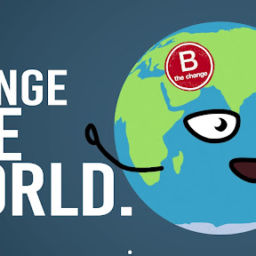
April 22, known as Earth Day, marks 52 years of activism, advocating for change, and volunteering for the good of the environment and the beautiful planet we get the privilege to call home. The day is observed worldwide with rallies, conferences, school projects, and other activities.
In 1970, Sen. Gaylord Nelson created Earth Day. The event helped increase public support for the creation of the Environmental Protection Agency (EPA) to address environmental issues. Earth Day has since contributed to the passage of many environmental laws in the U.S.
“Earth Day reminds people to think about humanity’s values, the threats the planet faces, and ways to help protect the environment,” Susan Clayton, a professor of psychology and environmental studies at The College of Wooster in Ohio mentioned.
“Thinking about the history of environmental activism and the way individuals have worked together to change policy can make us more optimistic about the ability to make positive changes in the future,” Clayton went on to explain.1
Today, according to the Earth Day Network, 1 billion people participate in Earth Day festivities each year in 192 countries. What began as a day of environment preservation in the U.S. is now a large-scale push for clean habitats around the world and is the largest secular observance in the world.
Earth Day: A Trip Back in Time
Sen. Nelson had the idea for Earth Day after seeing the environmental damage of an oil spill in California. Inspired by student anti-Vietnam War protests, he organized a national “teach-in” on college campuses which focused on educating the public about the environment.2
Nelson persuaded Rep. Pete McCloskey of California to be co-chairman and recruited political activist Denis Hayes as national coordinator. With a staff of 85 built by Hayes, they were able to rally 20 million people across the U.S. on April 22, 1970.3
The team chose April 22, a Wednesday, thinking that a weekday falling between Spring break and students’ exam finals would encourage the highest number of students to participate.
On that day, 10% of the entire U.S. population participated, inspiring many colleges and universities to hold protests against environmental destruction. The event gained national media attention with people gathering in public areas to talk about the environment and find ways to defend the planet.
“It was on that day that Americans made it clear that they understood and were deeply concerned over the deterioration of our environment and the mindless dissipation of our resources,” Nelson wrote in the EPA Journal in 1980.4

A Quick Look at Climate Change
Earth Day is celebrated to raise public awareness about environmental issues like climate change, which is caused by human activities such as burning fossil fuels that emit heat-trapping carbon dioxide and other greenhouse gasses into the atmosphere.
The impacts of climate change around the world include massive floods, intense wildfires, and other extreme weather events. Heat waves, rising sea levels, melting glaciers, and warming oceans can also be linked to climate change.
Here are a few fast facts on climate change:
The planet’s average surface temperature has risen 2 degrees Fahrenheit since the late 19th century and was driven largely by increased carbon dioxide emissions. 5
The ocean has absorbed much of this increased heat, with the top 100 meters (about 328 feet) of the ocean showing a warming of more than 0.6 degrees Fahrenheit since 1969. 6
The Greenland and Antarctic ice sheets have decreased in mass. Data from NASA’s Gravity Recovery and Climate Experiment show Greenland lost around of 279 billion tons of ice per year between 1993 and 2019, while Antarctica lost about 148 billion tons of ice per year.7
Glaciers are retreating almost everywhere around the world — including in the Alps, Himalayas, Andes, Rockies, Alaska, and Africa.8 Some ice caps, glaciers, and ice shelves have disappeared altogether.
The global sea level rose about 8 inches in the last century. The rate in the last two decades, however, is nearly double that of the last century and accelerates slightly every year.9
The number of record high-temperature events in the United States has been increasing, while the number of record low-temperature events has been decreasing since 1950. The U.S. has also witnessed increasing numbers of intense rainfall events.10
The acidity of surface ocean waters has increased by about 30%. This is the result of humans emitting more carbon dioxide into the atmosphere and hence more being absorbed into the ocean.11
We Are Helping Our Planet Recover
In the face of devastating news, such as the UN’s IPCC report that the impacts of human-caused climate change will be unavoidable, countries, governments, activists, and more have come together to meet the moment and work quickly toward positive environmental change.
There is so much good to celebrate when it comes to our environment: renewable energy sources keep getting cheaper, President Biden revoked the Keystone XL oil pipeline permits, and major universities and whole countries stopped investing in fossil fuels.
We, as humans, are working diligently to regain our planet’s pure beauty and its abundant offerings. Climate change can be reversed, but it takes unity. Progress is possible.
Let’s take a look at a few environmental actions and innovations to applaud this Earth Day:
The Empire State Building and 13 Others Are Now Exclusively Powered by Wind
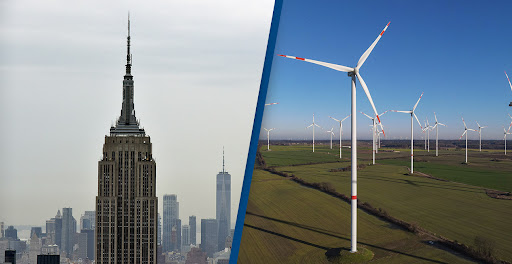
All 13 buildings owned by the Empire State Realty Trust, including the Empire State Building, are being completely powered by wind. Their buildings have around 10 million square feet total, meaning that the trust is now the largest real estate user of renewable energy in the United States.
The Empire State Building has run on renewables since 2011, which has cut the skyscraper’s emissions by 40%. By adding all its buildings, the trust will avoid producing nearly 450 million pounds of carbon dioxide, which is the equivalent of removing all NYC taxis from the road for a year.12
A Kenyan Woman Opened a Factory That Turns Plastic Waste Into Bricks
Pictured: Nzambi Matee Source: Design Boom
Materials engineer Nzambi Matee founded Gjenge Makers, a company that turns plastic waste into building products by taking plastic that can no longer be recycled, mixing it with sand, and creating lightweight bricks that are five to seven times stronger than concrete.
Currently, the company makes about 1,500 paver bricks per day and is hoping to expand its operation into building bricks. So far, it has recycled nearly 44,000 pounds of plastic waste. Matee hopes to scale Gjenge Makers’ operation throughout Africa and beyond.
Reflective Streets in Los Angeles Are Helping Cool Down Neighborhoods and Reduce Emissions
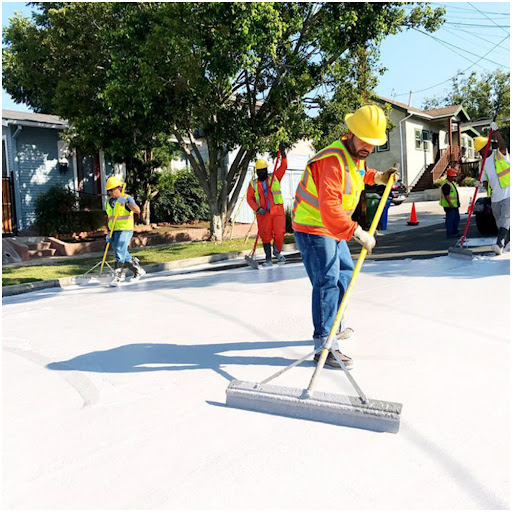
When the scientists aboard the International Space Station direct their thermal camera at Los Angeles, standing out from the sweltering red and orange blob is a crescent of cool, blueish-white deep in the San Fernando Valley.
In this area, the pavement has been painted with a special reflective coating. The satellite thermal camera is significant because it shows that this innovative, special cooling pavement not only lowers the temperature on the road but produces a cooler neighborhood in general.
Youtubers Raised Money to Remove 30 Million Pounds of Trash From the Ocean

YouTubers all across the digital realm banded together for a good cause: saving our oceans. #TeamSeas, an initiative created by the popular YouTube account Mr. Beast, asked content creators to use their influence to raise awareness about the current state of our oceans.
The initiative raised 30 million dollars to take 30 million pounds of trash out of the ocean. To reach its goal, it partnered with the Ocean Conservancy to organize beach and in-ocean cleanups. Mr. Beast also created #TeamTrees to address deforestation by planting millions of trees.
Coral Reefs off of Fiji Are Alive Again
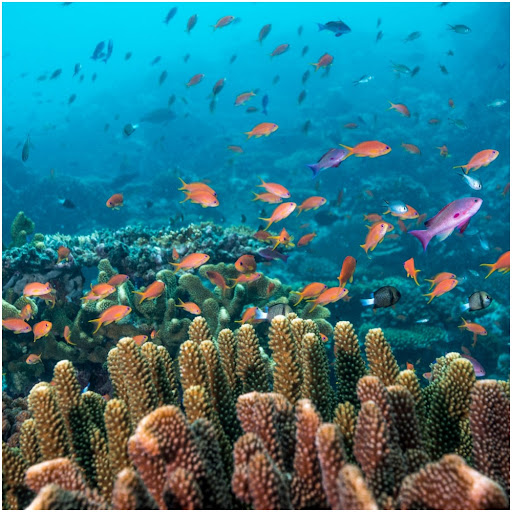
In February 2016, one of the worst tropical cyclones to ever hit the southern hemisphere devastated coral reefs across the Namena Reserve and Vatu-i-Ra Conservation Park off of Fiji. Today, the reefs are once again vibrant with colors and filled with fish and marine life.
Coral reefs are essential to healthy oceans, and by extension, a healthy planet. Healthy reefs are also important given how dependent coastal communities are on coral reefs for food, livelihoods, and cultural practice. Additionally, they’re critical for coastal protection against future storms.
China Opened Its First Vertical Forest to Residents
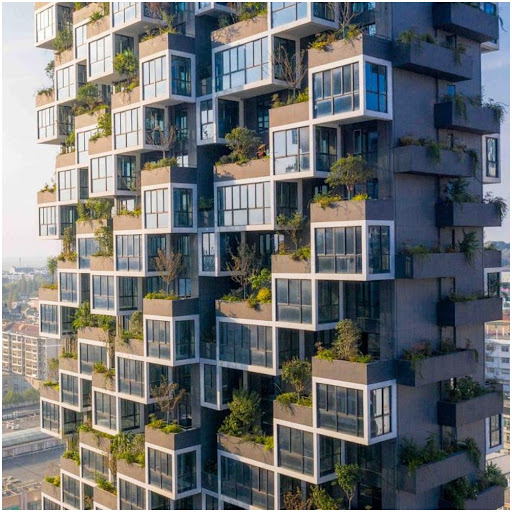
China’s first “Vertical Forest City” has been completed, providing a home to 500 people and over 5,000 shrubs and trees. Designed by Italian architect Stefano Boerithe, the Easyhome Huanggang Vertical Forest City Complex spans 4.54 hectares and includes two residential and three commercial towers.
All the foliage included in the project has been selected from native, non-invasive species, which includes trees, shrubs, and flowers. Each year it’s estimated that the vertical forest will absorb around 20 metric tons of carbon dioxide while emitting approximately 10 metric tons of oxygen.
An Australian Start-Up Is Fighting Deforestation With Drones
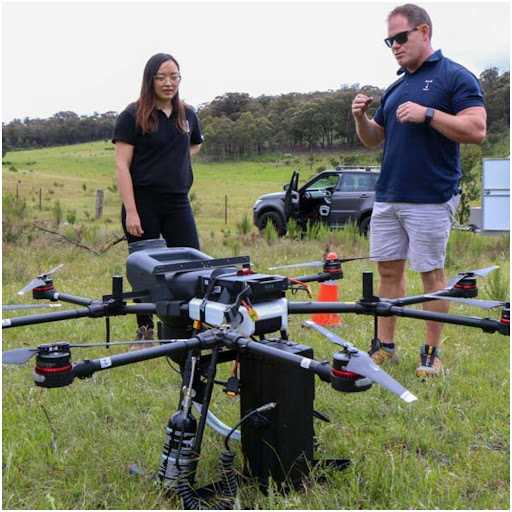
Using a fleet of highly advanced octocopters, AirSeed Technology is fighting deforestation by combining artificial intelligence with specially designed seed pods that can be fired into the ground from high in the sky. Each drone can plant over 40,000 seed pods per day and fly autonomously.
Before takeoff, each drone is loaded with specially selected seed pods compatible with the habitat below. These pods are manufactured using waste biomass, providing a carbon-rich coating that protects the seeds from birds and insects. The company has already planted more than 50,000 trees and aims to plant a total of 100 million by 2024.
Let’s Support Eco-Consciousness and Sustainability
Being environmentally conscious means that not only are you mindful of the effect that you and your actions have on the environment, but that you go the extra mile to ensure that your impact is minimized. After all, everyone can make a difference.
Doing the right thing for the future of life on Earth may even have immediate personal benefits; it can tap into your creativity, get you more engaged with your community and the world, and may contribute to a healthier lifestyle.
Here are a few easy changes that you can make to help conserve our planet:
Recycling conserves natural resources, reduces pollution, and saves energy. It involves sorting and cleaning up trash to produce “secondary materials” — mainly glass, paper, metal and plastic — for reuse in products.
A good starting point for recycling is educating yourself on plastics. Plastic debris is laced with chemicals and often ingested by marine animals, which can injure or poison wildlife.
You can learn more about zero waste and how to recycle here.
Measuring your carbon footprint tells you the total amount of greenhouse gasses that are generated by your actions. The average carbon footprint for a person in the United States is 16 tons, one of the highest rates in the world.
To avoid a rise in global temperatures, the average global carbon footprint per year needs to be under 2 tons by 2050. By making small changes to our actions, like eating less meat, taking fewer connecting flights, and line drying our clothes, we can start making a big difference.
You can learn more about carbon footprints and how you can measure yours here.
Say no to fast fashion. Factory workers are often treated unfairly and paid lower than what they can survive on, and due to the industry’s fast pace, many clothing items become disposable. This heavily contributes to pollution and environmental damage.
A good alternative to fast fashion is thrifting. Thrift shops offer clothes at more affordable prices than fast fashion companies without causing harm to workers or the environment. You can also help second-hand stores thrive by donating clothes.
You can learn more about fast fashion and its alternatives here.
Don’t rely on fossil fuels. In addition to releasing planet-warming greenhouse gas emissions, burning fossil fuels also generates localized air pollutants that may increase the risk of health issues.
To phase out fossil fuels from your life, you can purchase an electric car or bike to reduce your reliance on gasoline. Additionally, you can switch your energy supplier and/or make your home energy efficient by utilizing solar panels.
You can learn more about how to cut out fossil fuels here.
Stay informed. One of the best things you can do is to keep yourself informed– the more you know the better. It leaves you better equipped to have conversations with your friends, family, and the people around you.
Getting yourself clued up on the facts and working out what you can do is vital. We have the world at our fingertips, so try to learn from influential people and keep up with research organizations that are working to make our planet a better place.
You can find updated news on the environment here.
The HBM Cares About You and The Planet
The HBM celebrates Earth Day every day. We understand the fragility of our environment and the importance of its protection. Through The HBM’s B Corp Certification, you can be sure that we are always on a path dedicated to bettering the environment for you and generations of the future.
The HBM wants to hear from you! Do you celebrate Earth Day? Will you be making any pledges, both big or small, to further environmental consciousness?
Resources:
https://www.livescience.com/50556-earth-day-facts-history.html [1]
https://www.earthday.org/history/ [2]
https://unfoundation.org/blog/post/history-of-earth-day/ [3]
https://archive.epa.gov/epa/aboutepa/earth-day-70-what-it-meant.html [4]
https://www.ncdc.noaa.gov/monitoring-references/faq/indicators.php [5]
https://www.ncei.noaa.gov/access/global-ocean-heat-content/index3.html [6]
https://agupubs.onlinelibrary.wiley.com/doi/full/10.1029/2020GL087291 [7]
https://nsidc.org/sotc/glacier_balance.html [8]
https://www.pnas.org/doi/abs/10.1073/pnas.1717312115 [9]
https://science2017.globalchange.gov/ [10]
https://www.ipcc.ch/srocc/chapter/technical-summary/ [11]
https://www.washingtonpost.com/climate-solutions/2021/02/03/climate-empire-state-wind/ [12]



